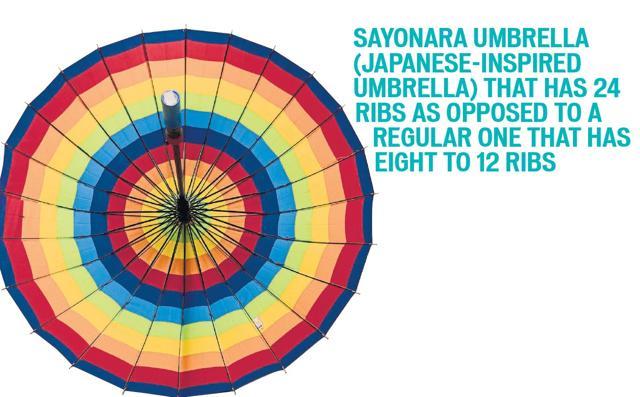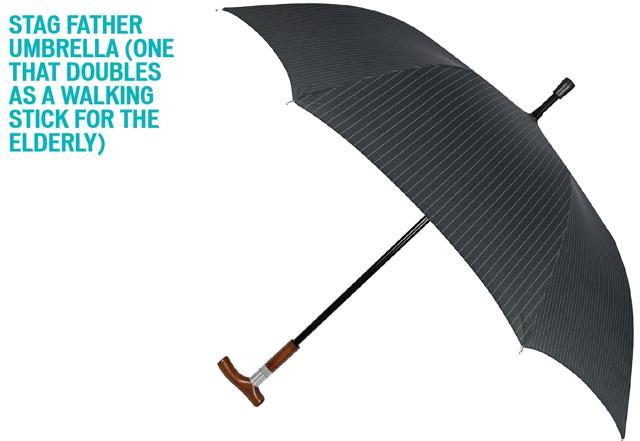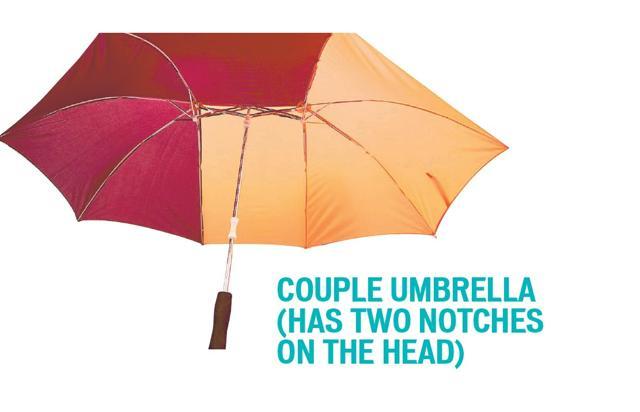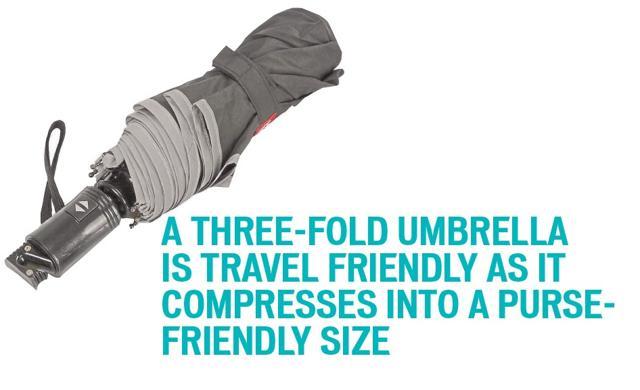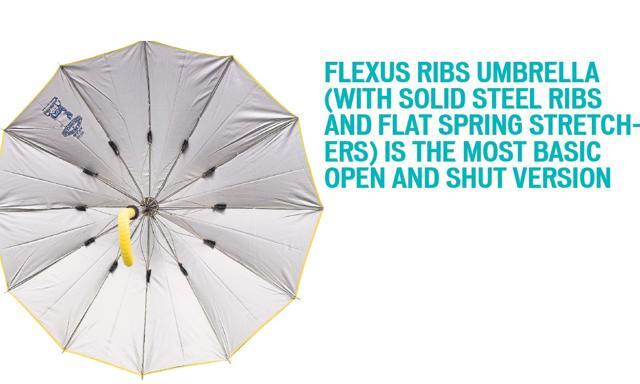Insider’s guide to... Chhatri Bazar
We discover a few secrets of the umbrella market of Mumbai ahead of the monsoons
Zameel Currim, the fifth generation owner of the 156-year-old umbrella manufacturer and dealer, Embrahim Currim and Sons, takes us through the history of umbrellas, the shop, and the market
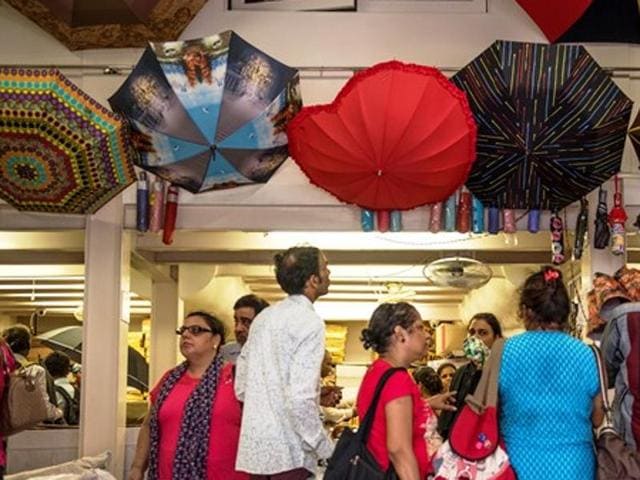
Finding your way to Chhatri Bazaar is not as easy as searching for it on Google Maps and tracing a route. In fact, chances are, you won’t be able to locate it at all. Literally named as the umbrella market (chhatri is Hindi for the umbrella), it is situated on Princess Street, right before Dawa Bazar — the wholesale medicine market. When we visit Chhatri Bazar, it is packed with people prepping for the upcoming monsoon.
We are greeted by Zameel Currim, the fifth-generation owner of a 156-year-old umbrella manufacturing and dealing store: Ebrahim Currim and Sons. “It’s chaos at the moment, naturally. The monsoons are on us and school children will now start coming in for rainwear. Other customers will want their broken umbrellas replaced with new ones,” says Zameel. Given its age, the shop holds sentimental value for many of its existing customers. For instance, Zameel recalls, an aged customer was insistent his grandchild get his first umbrella from Currim’s because he, too, got his first from there.
Did you know?
>>Ebrahim Currim and Sons, as the family claims, is perhaps the oldest firm in India to trade in umbrellas. They started in 1860. Ebrahim Currim, the founder, started out by setting up a small umbrella repair shop in Bazar Gate Street, Ballard Estate, Fort. Later, he started dealing in umbrellas imported from England.
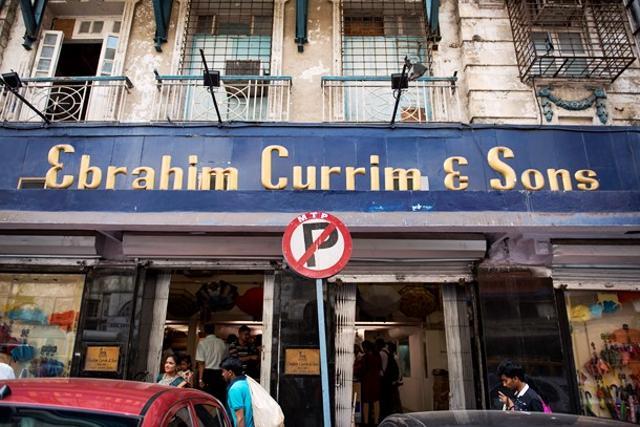
>> A rise in the demand for their products led the Currims to shift their base from Ballard Estate to Jumma Masjid, Princess Street. In 1902, Ebrahim founded the National Umbrella Factory at Jail Road, Umerkhadi (near Byculla), along with his sons Rahimbhai, Ramjanally, and Goolamally. Ebrahim’s eldest son even went to England to study the modern methods of manufacturing umbrellas. His family, back home, applied the manufacturing techniques he learnt. Soon, they founded and developed brands such as Stag, Globe, Dragon and Peacock; Stag remains the most popular of them. The factory, now at Reay Road, Sewri, packages finished products in preparation for the monsoons.
>> When Ebrahim’s company became popular, other umbrella traders started opening their shops next to his, slowly forming Chhatri Bazar as we know it today. The current shop is the biggest in the area, and is situated in the Rahim building, which dates back over a hundred years.
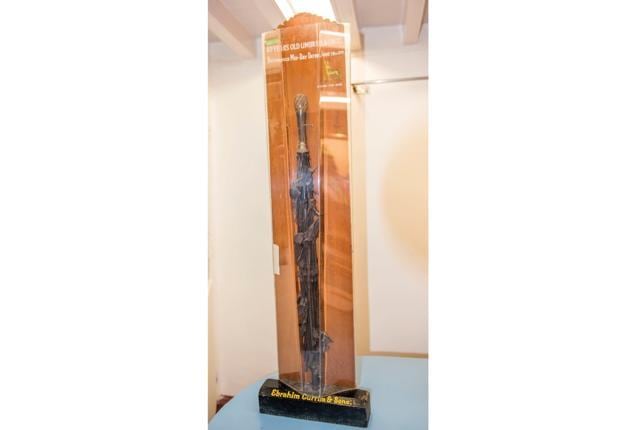
>> The company has branches beyond Mumbai, in Chennai and Calicut. Interestingly, before the branch opened in Calicut, apparently, a majority of the people on the Malabar Coast used palm leaves as protection against the sun and the rain. Zameel claims it was Ebrahim who introduced umbrellas to the region.
>>Umbrellas were first made from cane that was imported from China. They were later converted to brass since the metal didn’t corrode. Soon, manufacturing moved to steel. Today, a special kind of fibre — which is resistant to water, rust and decay — is used. The most commonly used fabric is nylon.

>> Today, umbrellas open and shut with the help of a coil spring. The earlier umbrellas utilised flexible ribs, popularised by English industrialist, Samuel Fox. The frame was built of solid steel ribs with flat spring stretchers coupled in pairs. This enabled the frame to automatically shut, and was the first sign of assisted automation (closes on its own). Although it is now uncommon in the cities, the demand for these is big in rural areas courtesy its sturdiness.
KNOW YOUR UMBRELLAS
